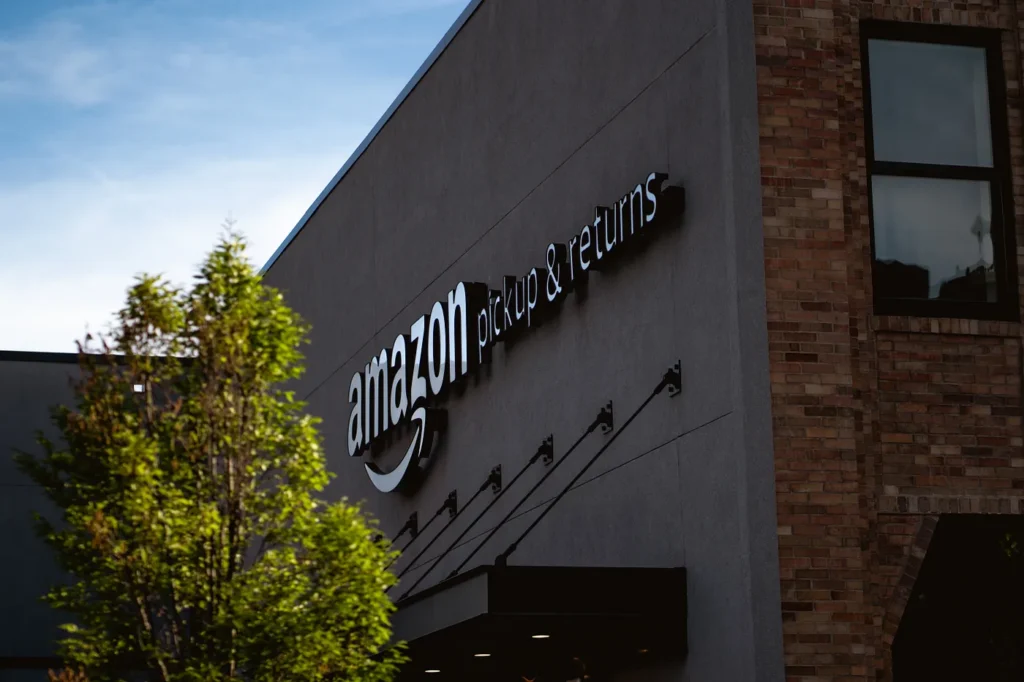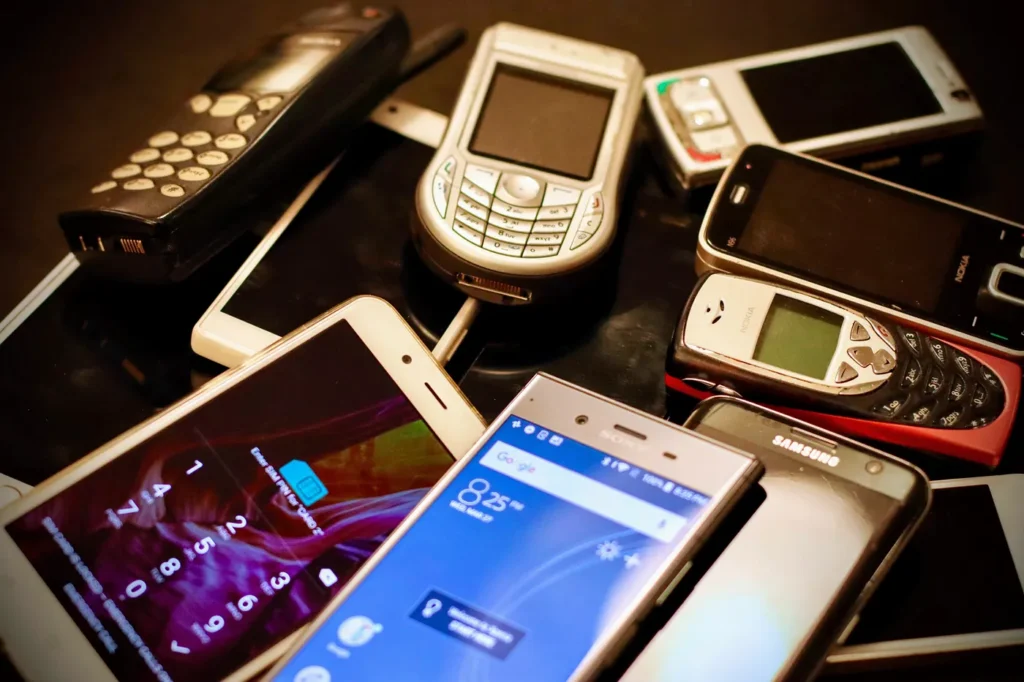How to go from hero to zero — Can you avoid this?
Contents
Introduction
Becoming the first to enter a new market — known as having “first mover advantage” — can propel companies to incredible success. But without maintaining drive and momentum, early leaders can quickly squander their head start. This post explores why retaining your startup DNA, even after gaining first mover status, is crucial to long-term dominance. We contrast companies that rest on their laurels against those that stay hungry, no matter how far ahead they pull. The key takeaway: lasting success requires eternal vigilance, regular self-disruption, and an underdog mentality that avoids complacency at all costs.
“The snake which cannot cast its skin has to die.”
— Friedrich Nietzsche
The Perils of Complacency
The downfall of Blockbuster video rental serves as a classic example of first mover advantage deteriorating through complacency. Blockbuster pioneered the video rental market in the 1980s, using its first mover position to quickly establish market dominance with over 9,000 storefronts. However, the company then grew slow, inflexible, and resistant to change — opening the door for more nimble competitors to disrupt its kingdom.
Blockbuster’s complacent culture became embodied by co-founder Wayne Huizenga, who openly mocked the idea of mail-order movie rentals after leaving the company. This hubris allowed Netflix to step in and claim the digital market first with its DVD mail subscription service. Early on, Blockbuster even had the opportunity to purchase Netflix for $50 million but passed on the chance due to stubbornness.
Blockbuster’s resistance to embrace digital and streaming spelled its rapid demise.
By the time Blockbuster tried to catch up, Netflix had etched its brand into the public psyche. Blockbuster also completely missed the streaming revolution — with neither the agility nor foresight to adapt its brick-and-mortar model. Meanwhile, Netflix leaned into streaming early, forgoing short term DVD profits.
Blockbuster’s sluggish bureaucracy prevented it from pivoting successfully to new digital models. It filed for bankruptcy in 2010 while Netflix grew into a $100 billion behemoth. Almost all of Blockbuster’s stores have now shuttered — a warning to first movers about denying disruption.

Retaining Entrepreneurial Spirit
In contrast to Blockbuster, Apple offers a blueprint for remaining nimble even after establishing first mover advantage. Despite upending the music industry with the iPod and iTunes store, Apple refused to cling to its successful model. Instead, it iterated relentlessly — destroying its own cash cow by unveiling the iPhone, which made dedicated music players obsolete.
Rather than milking profits from existing products, Apple embraces a constant startup ethos of self-disruption. As CEO Tim Cook explains, “We’re the most significant disruptor in the industry, and we’re very proud of that. We want to keep disrupting.” This insurgent mindset allows Apple to retain its industry-pioneering spirit decades after founding.
Microsoft serves as a study in contrasts — an early tech innovator that grew overly fixated on protecting its Windows and Office monopolies. Hungry startups like Google, Facebook, and Slack have now disrupted segments that a slower, less adaptive Microsoft missed out on.
However, under CEO Satya Nadella, Microsoft is revitalizing its culture around “challenger mindset, customer obsession and diversity/inclusiveness”. The renewed focus on speed and innovation has fueled successful new efforts like its Azure cloud computing platform and Surface tablets.
Apple’s constant self-disruption differs vastly from Microsoft’s approach.
Whereas Apple regularly sunsets beloved hardware and software to push boundaries, Microsoft was long afraid to endanger its cash cows. This makes Apple’s leadership position more defensible over time. First movers like Microsoft must recommit to the urgency of startups to stay atop rapidly evolving industries.

Bezos’s Mandate at Amazon
Amazon’s relentless expansion and constant stream of new initiatives exemplify the aggression required for first movers to maintain dominance. Despite entering e-commerce early and controlling massive market share, Amazon stays scrappy and hungry under founder Jeff Bezos.
Bezos instilled the “Day 1” mentality at Amazon — the belief that they must always make decisions as a young startup to avoid stagnation. As Bezos wrote in a 2016 letter to shareholders: “Day 2 is stasis. Followed by irrelevance. Followed by excruciating, painful decline. Followed by death… To keep the energy and dynamism of Day 1, you have to constantly remind yourself to resist proxies, embrace criticism, apply judgment, and take action.”
This startup mentality drives Amazon’s push into diverse, risky new markets to preempt rivals and satisfy customer needs. Initiatives like AWS cloud services, Prime Video, Alexa smart devices, Amazon Fresh grocery, and acquisitions of companies like Whole Foods and MGM Studios demonstrate this mindset. Amazon also operates with a decentralized structure that encourages individual teams to run autonomous experiments — doubling down quickly on what works.
Bezos’s “Day 1” mandate keeps Amazon nimble.
Rather than hunkering down to protect retail profits, Amazon evolves aggressively to spearhead new domains. As Bezos remarked, “What we need to do is always lean into the future; when the world changes around you and when it changes against you — what used to be a tail wind is now a head wind — you have to lean into that and figure out what to do because complaining isn’t a strategy.”
“Success breeds complacency. Complacency breeds failure. Only the paranoid survive.”
— Andy Grove
Maintaining Underdog Mindset
Starbucks coffee offers a unique example of a company retaining underdog hustle even after becoming the dominant industry leader. Despite over 32,000 stores globally, Starbucks still runs training programs and internal culture initiatives to maintain entrepreneurial spirit.
New employees are taught the company’s history, including how Starbucks began as a small Seattle coffee chain. Founder Howard Schultz is upheld as a role model for his vision and perseverance in bringing Italian espresso to the US against all odds. This nurtures an underdog mentality in staff and inspires them to keep pushing boundaries.
Starbucks also develops new products and store formats with input from baristas and local teams. Instead of relying on executive decisions, frontline workers experiment and prototype their own ideas. This flat, collaborative approach makes baristas feel valued, while fueling constant innovation.
Additionally, Starbucks creates artificial pressures to avoid complacency, such as intentionally opening new stores close to old ones. This stimulates healthy internal competition and prevents individual stores from becoming stagnant. Employees are incentivized to keep striving to win over local customers.
Starbucks retains underdog ethos through bottoms-up innovation.
By preserving its startup hustle, Starbucks has retained agility despite its massive size. First movers mustReplication this grassroots, bottoms-up innovation style and perpetual underdog attitude.

The Cost of Resting on Laurels
The one-time mobile phone leaders Nokia and Blackberry demonstrate the rapid downfall of first movers that become complacent. Both companies failed to respond urgently enough to Apple’s disruption of the cell phone market with the iPhone’s launch in 2007.
Nokia was the world’s largest mobile seller in the early 2000s, popular for hardware durability and user-friendly interfaces. However, Nokia struggled to mimic the smartphone’s touchscreen software and design elegance. Internal bureaucracy slowed product development. By 2011, Nokia’s global market share dropped below 30% as Apple and Android seized share. Microsoft eventually acquired Nokia’s mobile unit.
Similarly, Blackberry pioneered mobile email with its keyboards and security features loved by professionals. But it missed major software trends like touchscreens, quality web browsing, and app stores. An insider focus on catering to enterprise customers blinded Blackberry to changing consumer needs. In 2013, Blackberry had just a 0.6% North American smartphone market share, down from over 50% in 2009.
Once-dominant Nokia and Blackberry declined through complacency.
Both Nokia and Blackberry allowed early wins to breed an institutional rigidity that left them unable to rapidly change course. Incumbent inertia took hold. Their sluggish, iterative responses to the iPhone allowed Apple to become the market-defining brand. First movers in the digital age must stay agile enough to pivot radically when disruptive events hit.
“To improve is to change; to be perfect is to change often.”
— Winston Churchill
Conclusion
In closing, the many cautionary tales shared demonstrate why first movers must remain nimble and aggressive to stay atop industries they pioneer. Early dominance naturally breeds bureaucracy, siloed thinking, and resistance to needed change. But by retaining startup hustle, embracing calculated risks, and continually reinventing themselves, companies can defend their hard-won positions. Follow Apple’s lead in disrupting your own products before someone else does. Stay hungry, avoid complacency traps, and keep innovating like the scrappy underdog you once were. The race has no finish line — first mover advantage must be earned every day through relentless drive. By maintaining startup DNA, you give your company the best chance at transforming an early edge into enduring leadership.








